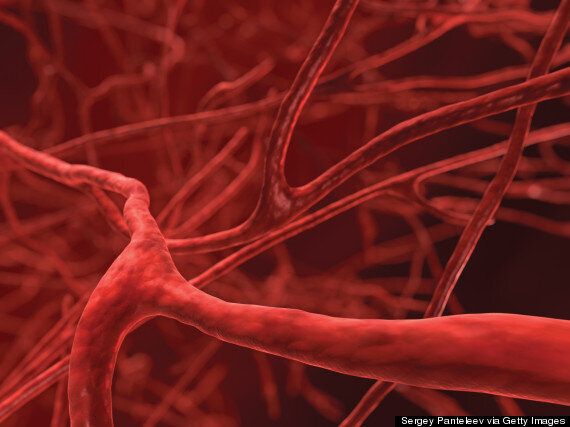Forget trying to 3D print a new iPhone case because now scientists have found a way to actually 3D print human blood vessels.
Despite being hideously complex structures, scientists from Brigham and Women's Hospital have found a way to create artificial blood vessels using a 3D bioprinting technique.
The process itself is surprisingly simple with the researchers creating an organic mold made out of agarose (a sugar-based molecule).

This is then coated with a gelatin-like substance called hydrogel which forms a protective case over the mold, creating blood vessels that are strong enough to be usable.
Whilst scientists have been able to make a range of artificial tissues for hearts and lungs, one of the largest hurdles has been being able to accurately recreate the complex structures needed to form human blood vessels.
Ali Khademhosseini, director of the BWH Biomaterials Innovation Research Center believes that this discovery has huge potential for the future.
"In the future, 3D printing technology may be used to develop transplantable tissues customized to each patient's needs or be used outside the body to develop drugs that are safe and effective,"
3D printing has been used in a large variety of ways from building large structures like houses to actually 3D printing food.
Researchers working in partnership with Microsoft were able to 3D print fruit, allowing the creation of artificial foods that could potentially taste of anything.